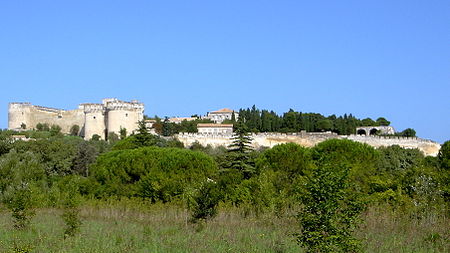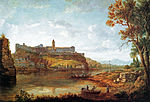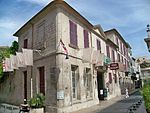Canton of Villeneuve-lès-Avignon
Cantons of GardGard geography stubs

The canton of Villeneuve-lès-Avignon is an administrative division of the Gard department, southern France. Its borders were not modified at the French canton reorganisation which came into effect in March 2015. Its seat is in Villeneuve-lès-Avignon.It consists of the following communes: Les Angles Pujaut Rochefort-du-Gard Saze Villeneuve-lès-Avignon
Excerpt from the Wikipedia article Canton of Villeneuve-lès-Avignon (License: CC BY-SA 3.0, Authors, Images).Canton of Villeneuve-lès-Avignon
Impasse Jean Roussière, Nîmes
Geographical coordinates (GPS) Address Nearby Places Show on map
Geographical coordinates (GPS)
| Latitude | Longitude |
|---|---|
| N 43.97 ° | E 4.79 ° |
Address
Impasse Jean Roussière
30400 Nîmes
Occitania, France
Open on Google Maps










